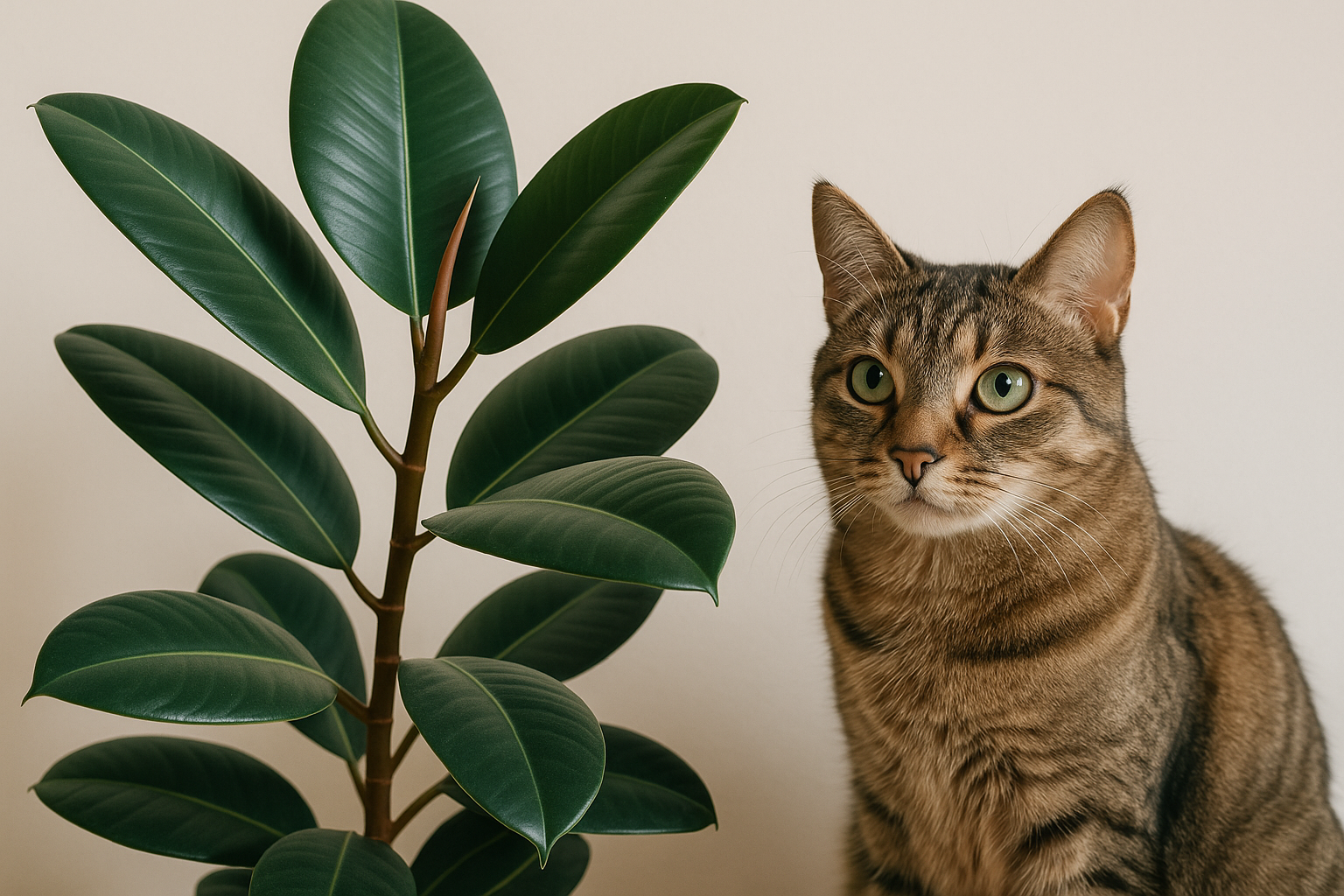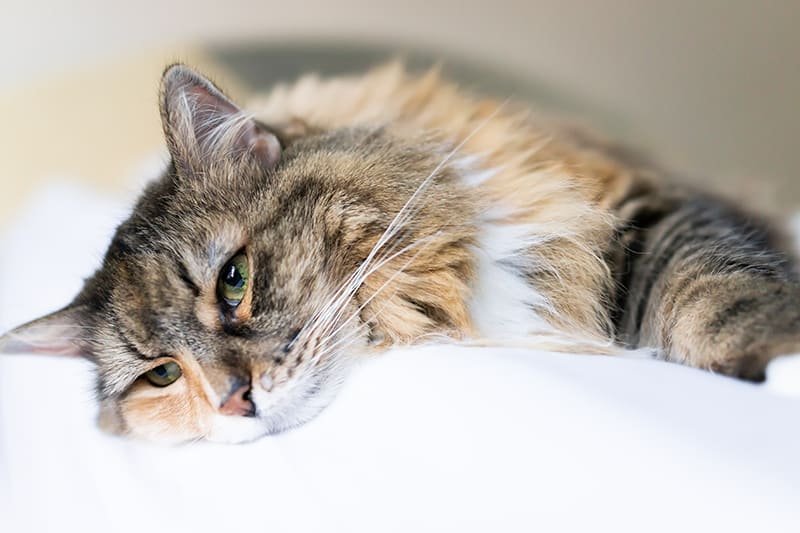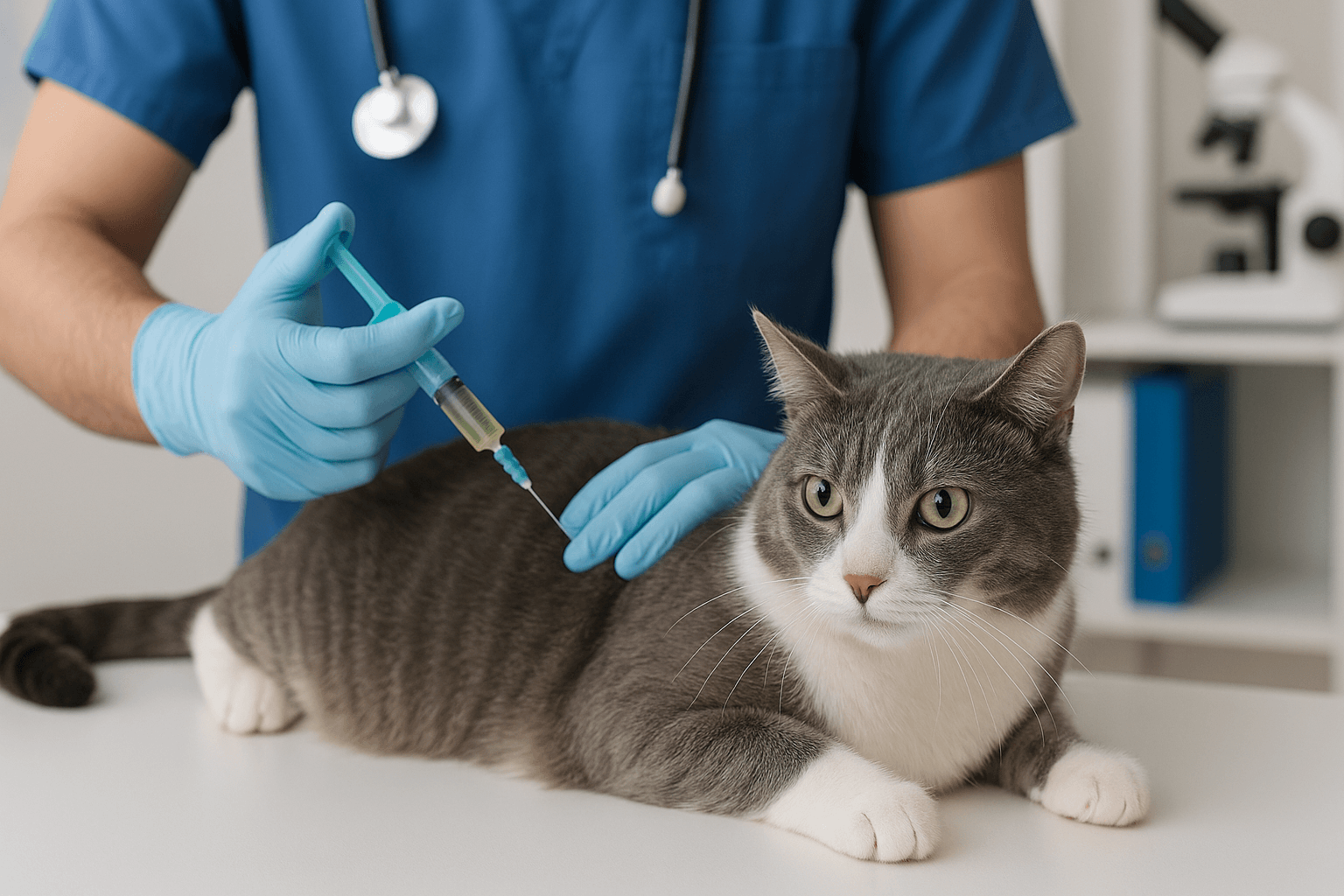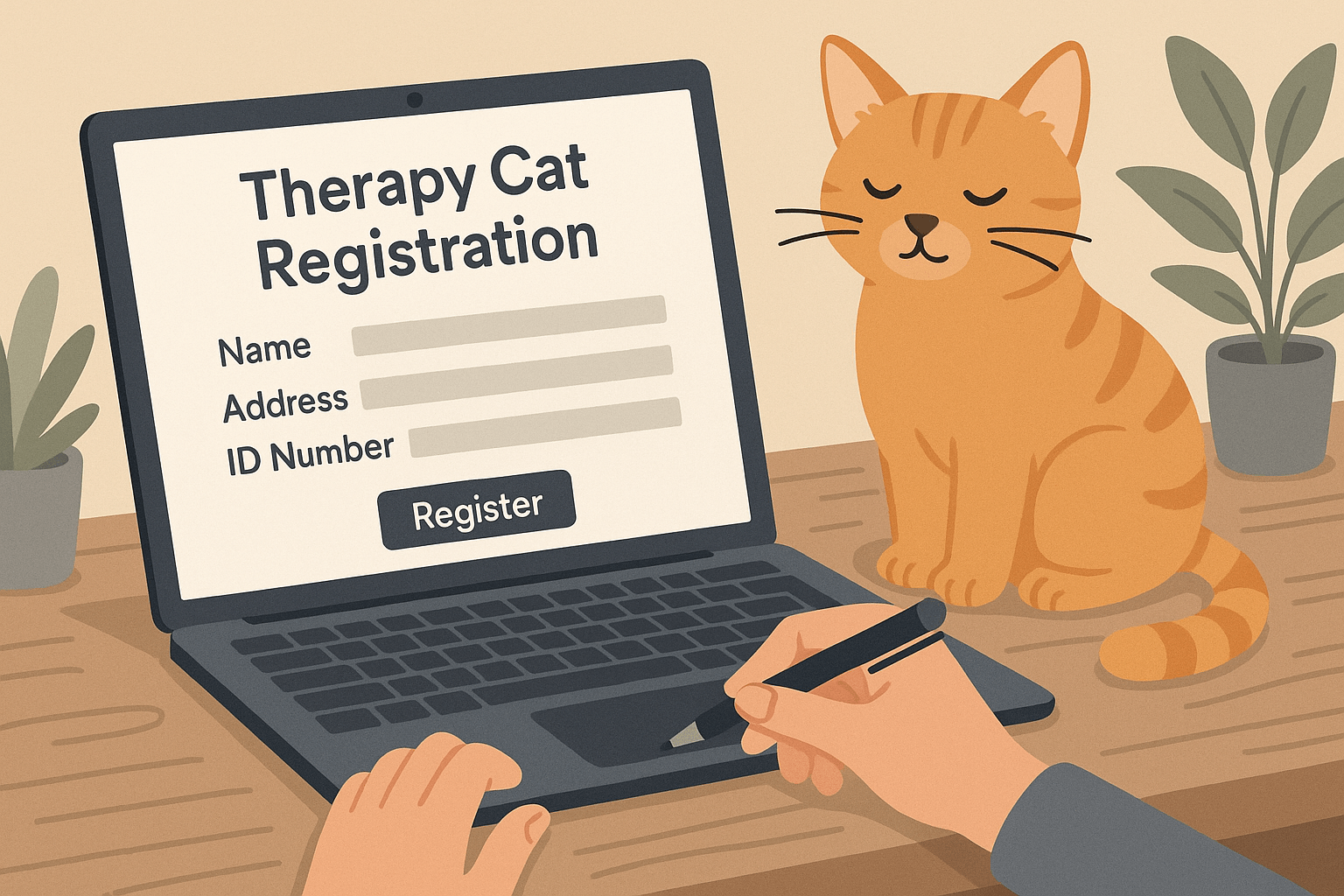Can Cats Eat Chorizo? What You Need to Know
When it comes to sharing human food with our feline friends, it’s important to tread carefully. Cats are obligate carnivores, meaning their diet should primarily consist of animal-based proteins. However, not all meat products are safe for cats, and processed meats like chorizo can pose risks. While your curious cat might be eyeing that spicy sausage on your plate, you may wonder whether it’s safe to offer them a bite. In this blog post, we’ll explore the potential dangers of feeding chorizo to cats, safer alternatives, and expert tips to ensure your furry friend stays healthy and happy.
Potential Risks of Feeding Chorizo to Cats
Chorizo is a flavorful sausage often seasoned with spices, salt, and preservatives. While it might be a tasty treat for humans, it’s not suitable for cats due to several health risks. Here’s what you need to watch out for.
High Sodium Content:
Chorizo contains excessive amounts of salt, which can lead to dehydration or sodium ion poisoning in cats.Spices and Seasonings:
Ingredients like garlic, onion powder, and chili can irritate your cat’s digestive system or even cause toxicity.Fat Content:
The high fat content in chorizo can upset your cat’s stomach and potentially lead to pancreatitis over time.Preservatives and Additives:
Artificial ingredients in processed meats may harm your cat’s liver or kidneys if consumed regularly.Risk of Choking or Blockage:
Small pieces of chorizo or its casing could pose a choking hazard or cause intestinal blockages.
These risks highlight why chorizo should never be a regular part of your cat’s diet—or even an occasional treat.
Signs Your Cat May Be Suffering from Food Toxicity
If your cat accidentally eats chorizo or other unsafe foods, they may exhibit symptoms of distress. Recognizing these signs early can help you act quickly to protect their health.
Vomiting or Diarrhea:
These are common reactions to consuming toxic or irritating foods like chorizo.Excessive Drooling:
Drooling may indicate nausea or irritation caused by spices or seasonings.Lethargy or Weakness:
A sudden lack of energy could signal poisoning or an adverse reaction to harmful ingredients.Loss of Appetite:
If your cat refuses to eat after consuming chorizo, it could mean their digestive system is struggling.Increased Thirst or Urination:
Excessive thirst may result from high sodium levels, while frequent urination could indicate kidney stress.
If you notice any of these symptoms, contact your veterinarian immediately to prevent complications.
Check this guide 👉Can Cats Eat Okra? Best 7 Expert Tips!
Check this guide 👉Can Cats Eat Pork Rinds? Best 7 Expert Tips!
Check this guide 👉Can Cats Eat Beef Liver? Best 7 Expert Tips!
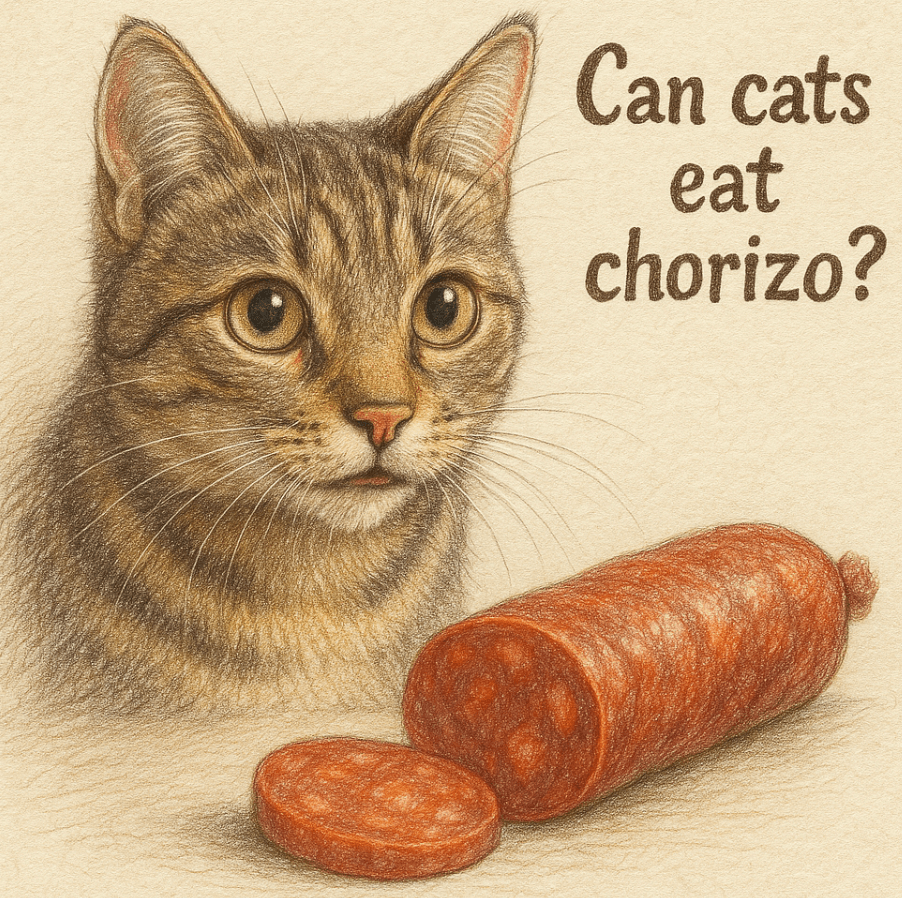
Safe Human Foods for Cats | Unsafe Human Foods for Cats |
|---|---|
Cooked chicken (unseasoned) | Chorizo and other processed meats |
Plain scrambled eggs | Onions, garlic, and chives |
Steamed green beans | Chocolate and caffeine-containing foods |
Small amounts of plain fish | Alcohol and dairy products |
Pumpkin puree (unsweetened) | Grapes, raisins, and artificial sweeteners |
Healthier Alternatives to Chorizo for Cats
If you’re looking to treat your cat with something meaty and delicious, there are plenty of safer alternatives to chorizo. These options provide nutrition without the risks associated with processed meats.
Plain Cooked Chicken:
Unseasoned, boneless chicken is a protein-rich snack that most cats love.Turkey or Beef Strips:
Lean cuts of turkey or beef, cooked without spices or oils, make excellent treats.Cat-Specific Wet Food:
High-quality wet food designed for cats offers flavor and nutrients in a convenient form.Homemade Meat Treats:
Prepare small portions of homemade meat bites using safe ingredients like liver or heart.Freeze-Dried Meat Snacks:
Commercially available freeze-dried treats mimic the texture and taste of raw meat safely.
By choosing these alternatives, you can satisfy your cat’s cravings while keeping them healthy.
How to Introduce New Foods Safely
Before introducing any new food to your cat’s diet—even safe ones—it’s important to do so gradually and with caution. Follow these steps to ensure a smooth transition.
Consult Your Veterinarian First:
Always check with your vet before offering unfamiliar foods to rule out allergies or sensitivities.Start with Small Portions:
Offer tiny amounts of the new food to monitor how your cat reacts before giving more.Observe for Reactions:
Watch for signs of digestive upset, such as vomiting, diarrhea, or changes in behavior.Avoid Mixing with Regular Meals:
Introduce new foods separately to identify any adverse reactions easily.Stick to Moderation:
Treats should only make up about 10% of your cat’s daily caloric intake to maintain a balanced diet.
Taking these precautions ensures your cat enjoys new flavors safely and responsibly.
Common Mistakes to Avoid When Feeding Cats Human Food
Feeding cats human food requires careful consideration to avoid mistakes that could endanger their health. Here are some pitfalls to watch out for.
Assuming All Meats Are Safe:
Not all meats are created equal—processed or heavily seasoned meats can harm your cat.Ignoring Portion Sizes:
Even safe foods can cause issues if given in large quantities, leading to obesity or nutrient imbalances.Overlooking Hidden Ingredients:
Foods like bread or sauces may contain garlic, onions, or sugar, which are toxic to cats.Neglecting Individual Tolerances:
Every cat is different; what’s safe for one may trigger allergies or sensitivities in another.Forgetting Veterinary Advice:
Skipping a professional opinion can result in unknowingly feeding your cat something harmful.
Avoiding these mistakes ensures a safer and healthier experience for your cat.
Understanding Your Cat’s Nutritional Needs
Cats have unique dietary requirements that must be met to keep them healthy and energetic. Understanding these needs helps you make better food choices for your pet.
High Protein Requirement:
Cats thrive on diets rich in animal-based proteins, as they rely on them for essential amino acids.Limited Carbohydrate Tolerance:
Unlike humans, cats don’t process carbohydrates efficiently and should consume minimal amounts.Hydration Through Food:
Many cats don’t drink enough water, so wet food helps maintain proper hydration levels.Essential Fatty Acids:
Omega-3 and omega-6 fatty acids support skin, coat, and overall health.No Room for Fillers:
Avoid foods with unnecessary fillers like corn, soy, or wheat, which offer little nutritional value.
Meeting these needs ensures your cat receives a balanced and species-appropriate diet.
Fun Ways to Treat Your Cat Without Risking Their Health
Treating your cat doesn’t have to involve risky human foods—there are plenty of creative and safe ways to show them love.
Interactive Feeders:
Puzzle toys that dispense treats encourage mental stimulation and slow eating habits.Cat Grass:
Growing cat grass indoors provides a safe, natural snack option for grazing cats.DIY Freeze-Dried Treats:
Make your own freeze-dried snacks using plain chicken or fish for a homemade touch.Affection Instead of Food:
Spend extra time playing or cuddling with your cat to reinforce your bond without relying on treats.Rotating Safe Treats:
Keep things interesting by rotating between approved treats like plain cooked meats or commercial snacks.
These ideas allow you to spoil your cat responsibly while keeping their health a top priority.
Frequently Asked Questions About Cats and Chorizo
Is a small piece of chorizo okay for my cat?
Even a small piece can upset your cat’s stomach due to its high salt and spice content. It’s best avoided entirely.
What should I do if my cat eats chorizo?
Monitor them closely for symptoms of illness and contact your vet if they show signs of distress.
Are other sausages safe for cats?
Most sausages contain similar harmful ingredients as chorizo, making them unsuitable for cats.
Can kittens eat chorizo?
Kittens are especially vulnerable to toxins and should never consume chorizo or any processed meats.
Why do cats seem attracted to chorizo?
Cats are drawn to the strong smell and meaty flavor, but this doesn’t mean it’s safe for them to eat.
Prioritizing Your Cat’s Health Over Curiosity
While it might be tempting to share a bite of chorizo with your cat, doing so can put their health at risk. Processed meats like chorizo are simply not designed for feline consumption, and the potential dangers far outweigh any momentary satisfaction your cat might gain. By understanding what foods are safe and providing healthier alternatives, you can keep your cat happy, healthy, and thriving. Remember, your furry companion relies on you to make the best dietary choices for them—so always prioritize their well-being above all else.
Is the Rubber Tree Cat Safe? Best 7 Expert Tips! Discover expert advice on keeping rubber plants safely in cat-friendly homes and learn top tips for pet-safe plant care.
Low Red Blood Cell Count in Cats: Best 7 Expert Tips! Discover causes, symptoms, and treatment options for feline anemia. Learn how to support your cat’s health effectively with expert advice.
Understanding Megacolon Treatment: Best 7 Expert Tips! Discover effective strategies to manage feline megacolon, from dietary changes to surgical options, ensuring your cat’s comfort and long-term health.
How to Register a Therapy Cat: Best 7 Expert Tips! Discover essential steps to certify your cat as a therapy animal, prepare them for training, and make a meaningful impact in therapeutic settings.

